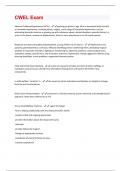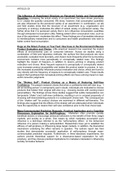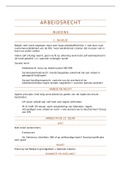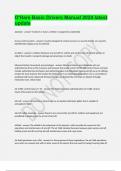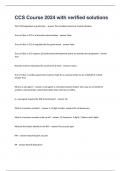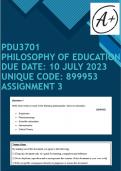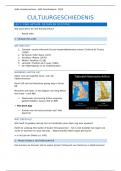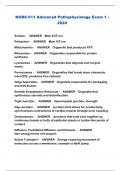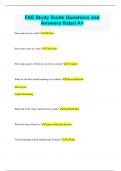Tentamen (uitwerkingen)
CWEL Exam Updated 2024/2025 Verified 100%
- Vak
- Instelling
Adverse Childhood Experiences (ACEs) - growing up (prior to age 18) in a household with stressful or traumatic experiences, including abuse, neglect, and a range of household dysfunction, such as witnessing domestic violence or growing up with substance abuse, mental disorders, parental discord, ...
[Meer zien]
